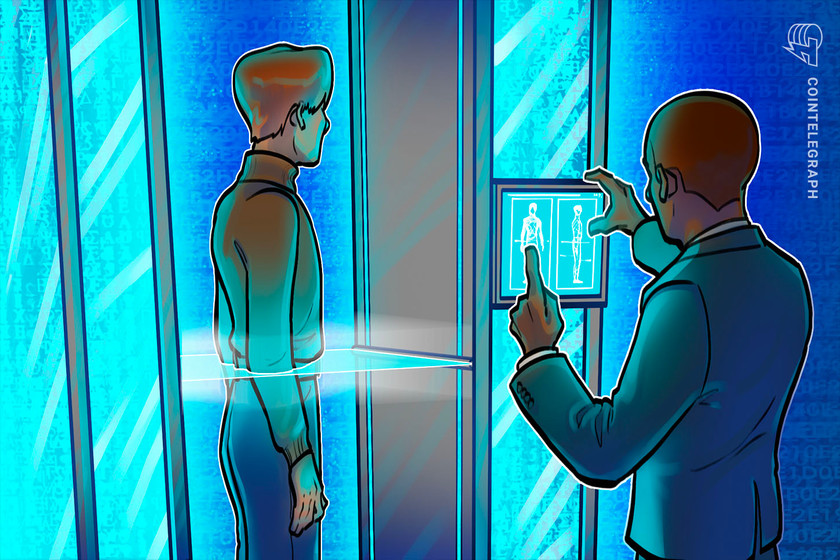Polygon 2.0: 2024 to see unified ZK-powered L2 chains


Polygon’s evolution will continue into 2024 as various protocols that make up its ecosystem become increasingly interconnected through the use of zero-knowledge proofs.
Polygon co-founder Jordi Baylina says 2024 will see the amalgamation of Polygon’s various Ethereum layer-2 scaling networks to complete its “Polygon 2.0” cross-chain coordination protocol.
Speaking exclusively to Cointelegraph, Baylina said 2024 would be a litmus test to see how the Polygon ecosystem’s various networks can scale and integrate through the implementation of zero-knowledge proofs (ZK-proofs):
Baylina added that several networks that comprise Polygon’s ecosystem feature their own tokens, sequencers and data availability solutions. The evolution to Polygon 2.0 is set to include several upgrades that will unify these different protocols with ZK-proof technology into “continuous, unbounded blockspace.”




















